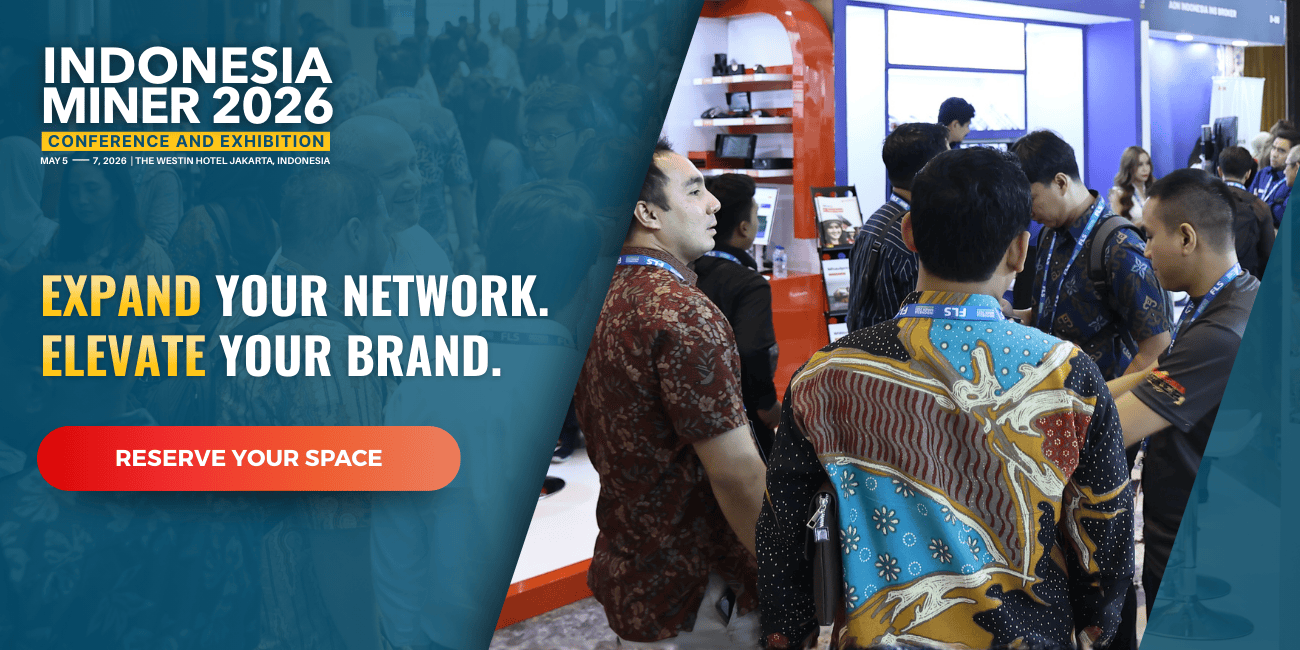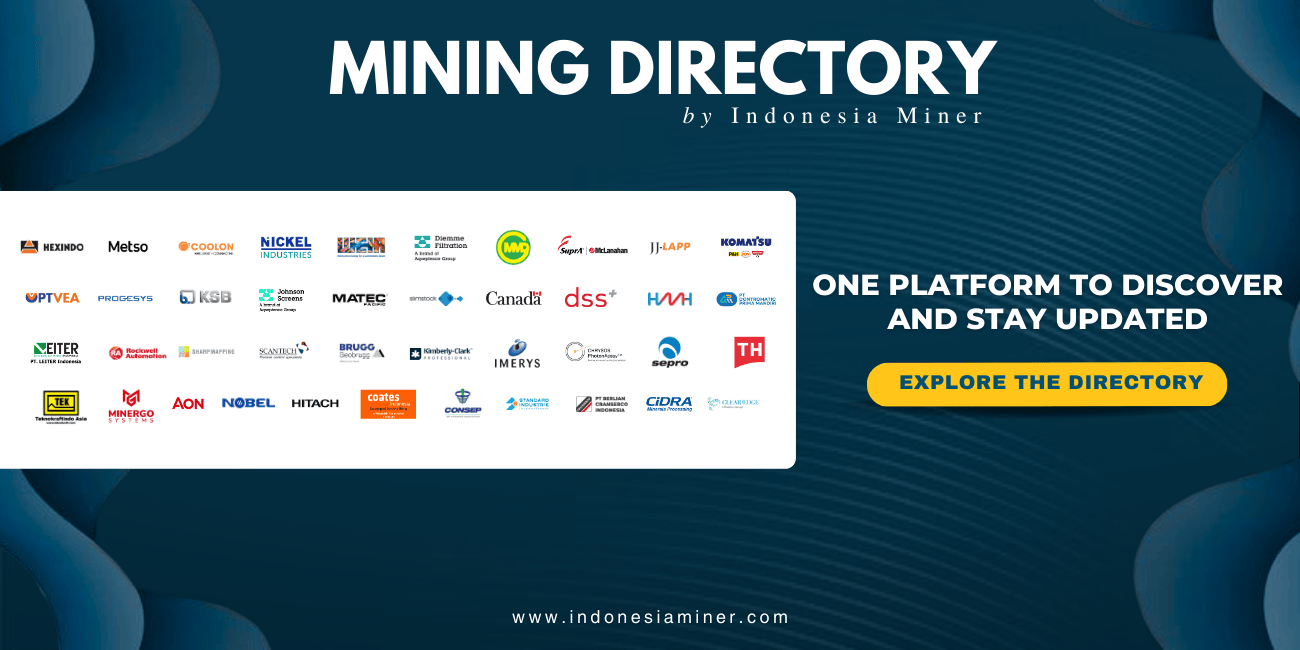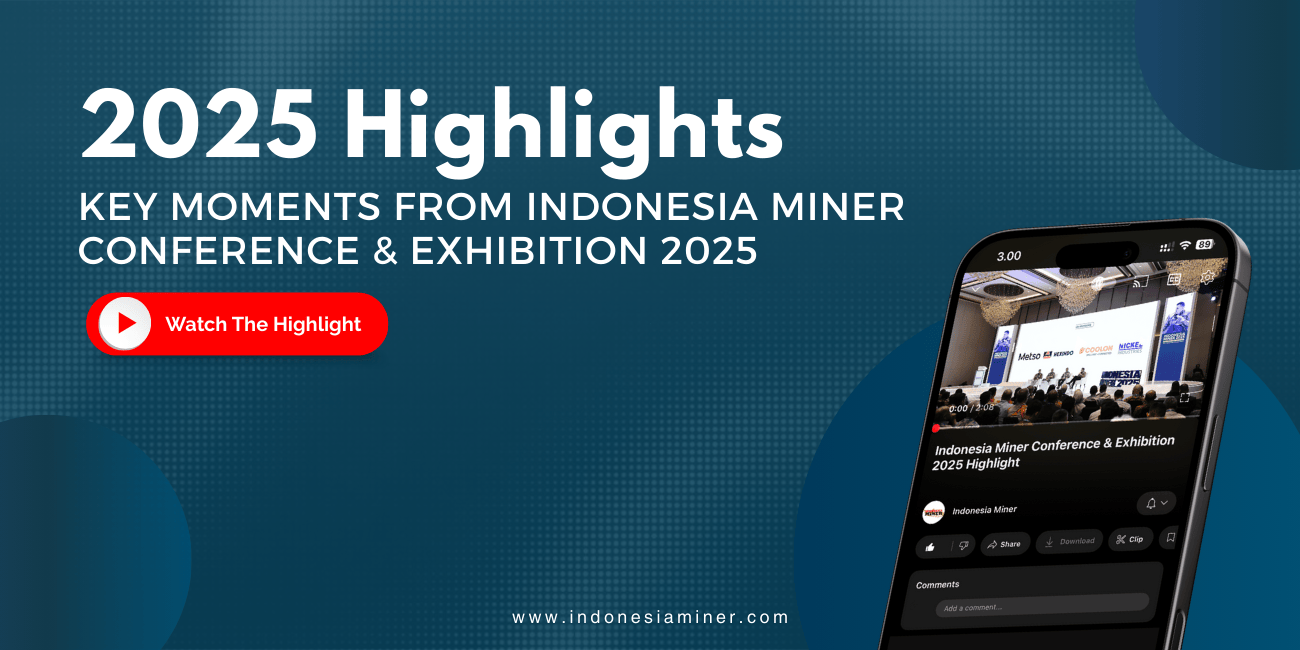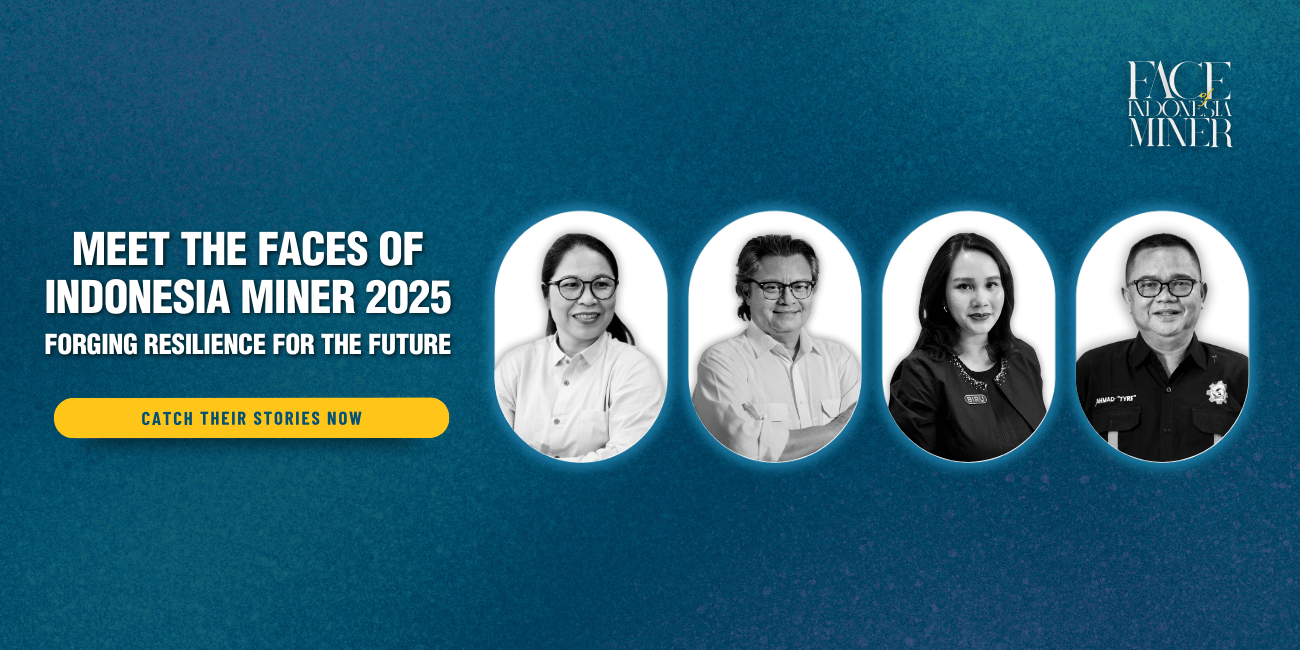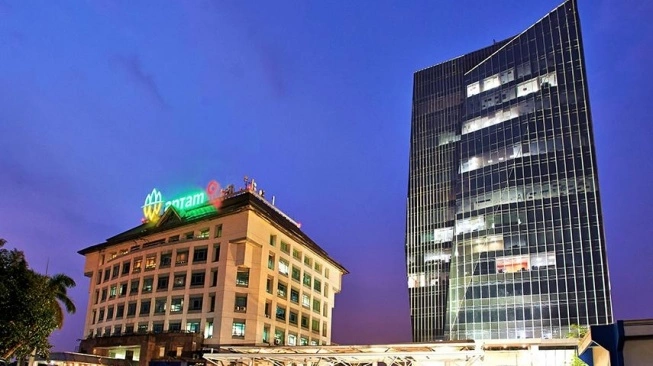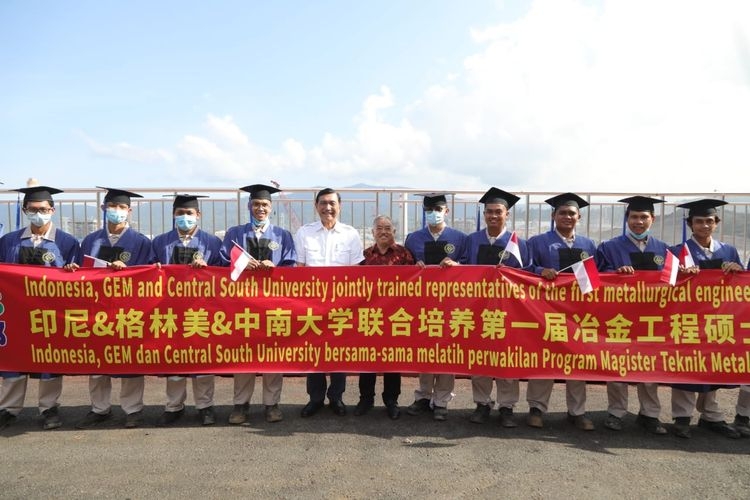Indonesia’s Aluminum Industry Poised to Become a Pillar of the Global Automotive Sector
Wed 05 Nov 2025, 04:38 AM
Share

Indonesia’s aluminum production has the potential to play a key role in the global automotive supply chain as demand for aluminum rises for electric vehicles and heavy equipment.
This demand increase is driven by the energy transition and vehicle electrification trends across major industrial countries.
Ferdy Hasiman, Executive Director of Indonesia Mining & Energy Watch, believes Indonesia holds a strategic position in the global light-metals supply chain.
Through PT Indonesia Asahan Aluminium (INALUM) under the MIND ID mining holding, Indonesia now has the opportunity to become a primary supplier of raw materials for the global automotive industry, especially for Japan, South Korea, and China.
“By controlling INALUM, Indonesia can control raw materials for the global automotive industry, particularly Japan and South Korea, which dominate the global auto market,” Ferdy said in a statement on Wednesday (Nov 5).
Data show that global aluminum demand has surged since 2017. Japan projects a need for 2 million tons of aluminum for automotive use in 2025, while China records demand of up to 17.3 million tons for the electric-vehicle sector, construction, and new/renewable energy infrastructure.
This substantial need makes aluminum one of the most sought-after metals in the world, given that each electric vehicle requires 300–400 kilograms of aluminum in its body structure.
“The global automotive industry, which is transitioning to electric vehicles, is highly dependent on aluminum supply,” he said.
He noted that Indonesia is in a strategic position to meet this demand.
INALUM has an aluminum production capacity of more than 300,000 tons per year, making it the largest producer in Southeast Asia.
Meanwhile, the need for alumina feedstock is being strengthened by the Smelter Grade Alumina Refinery (SGAR) project in Mempawah, West Kalimantan.
The facility, developed in partnership with PT Aneka Tambang Tbk (ANTAM), is capable of producing 1 million tons of alumina per year, half of which will be used by INALUM as raw material for aluminum smelting, while the remainder is designated for export.
“ANTAM has large bauxite reserves and can supply feedstock to INALUM’s smelter. This strengthens the industry chain from upstream to downstream—from bauxite to alumina to aluminum,” Ferdy explained.
The downstreaming pursued by MIND ID is a concrete form of support for the government’s policy to build an integrated metals ecosystem.
Previously, Indonesia exported large volumes of raw bauxite to China, reaching up to 40 million tons per year.
Now, the orientation has shifted from exporting raw materials toward producing higher value-added alumina and aluminum.
“Under this policy, foreign automakers would need to source alumina from Indonesia to ensure a steady supply of raw materials” he added.
Source: https://www.jpnn.com/news/aluminium-indonesia-berpotensi-jadi-penopang-industri-otomotif-dunia

